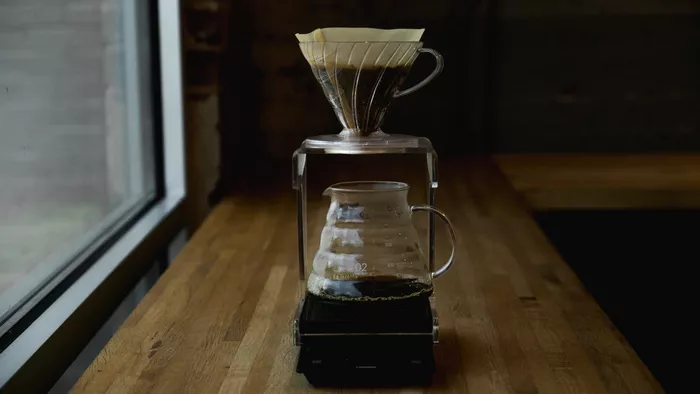In the realm of coffee connoisseurship, the allure of a robust, flavorful cup often leads enthusiasts to the realm of dark roast beans. Yet, for those seeking to savor this rich flavor profile without the jolt of caffeine, the quest for the perfect dark roast decaf coffee can be an arduous journey. In this comprehensive guide, we delve into the nuances of dark roast decaf coffee, unraveling its complexities, and uncovering the finest offerings in the market.
Understanding Dark Roast Decaf Coffee
Dark roast decaf coffee embodies a harmonious balance between depth of flavor and the absence of caffeine. Unlike its caffeinated counterparts, which undergo a similar roasting process, decaf beans undergo an additional step to remove caffeine while preserving the intricate flavors characteristic of dark roasts.
The Decaffeination Process:
Decaffeination typically involves one of several methods, including solvent-based processes like ethyl acetate or methylene chloride, or non-solvent methods like the Swiss Water Process. Each method affects the final flavor profile differently, with solvent-based processes sometimes leaving a trace of chemical residue, while non-solvent methods tend to preserve flavors more effectively.
Characteristics of Dark Roast Decaf:
Dark roast decaf coffee is renowned for its bold, intense flavor profile, characterized by deep, smoky notes with hints of caramel, chocolate, and even a slight bitterness. The extended roasting process caramelizes the sugars in the beans, resulting in a rich, complex taste that lingers on the palate.
Caffeine Content:
While dark roast decaf coffee boasts significantly lower caffeine content compared to its regular counterpart, it’s essential to note that it’s not entirely caffeine-free. Depending on the decaffeination process and the bean variety, residual caffeine levels may vary. However, it generally contains around 3 to 5 milligrams of caffeine per 8-ounce cup, compared to the 80 to 100 milligrams found in regular coffee.
Navigating the World of Dark Roast Decaf Coffee
Selecting the best dark roast decaf coffee entails a meticulous consideration of various factors, ranging from bean origin and roast profile to the decaffeination method employed. Here’s a breakdown of key elements to keep in mind:
Bean Origin:
The origin of the beans profoundly influences the flavor profile of the coffee. Regions renowned for producing high-quality Arabica beans, such as Colombia, Ethiopia, and Guatemala, often yield exceptional dark roast decaf varieties with distinctive flavor characteristics.
Roast Profile:
Dark roasting involves subjecting the beans to higher temperatures for an extended duration, resulting in oils emerging to the surface and a deep, robust flavor profile. Opting for coffee roasters known for their expertise in crafting dark roasts ensures a superior quality brew.
Decaffeination Method:
The method employed to remove caffeine from the beans can impact the final taste. While solvent-based processes may leave a slight residue, non-solvent methods like the Swiss Water Process offer a cleaner, more nuanced flavor profile.
Freshness:
Like all coffee varieties, freshness plays a pivotal role in the flavor of dark roast decaf coffee. Opting for freshly roasted beans and storing them in airtight containers away from light and moisture ensures optimal flavor retention.
Certifications:
Certifications such as USDA Organic and Fair Trade provide assurance regarding the ethical sourcing and production practices employed, ensuring a premium product while supporting sustainable and equitable coffee production.


